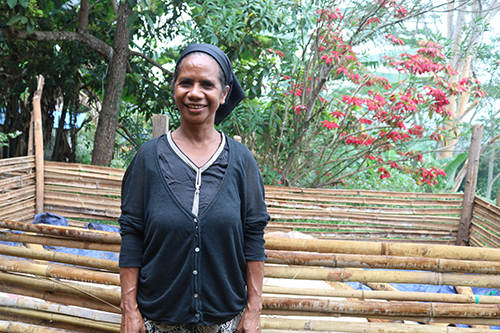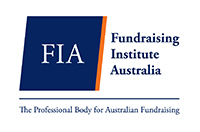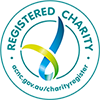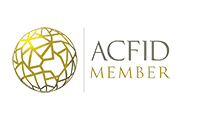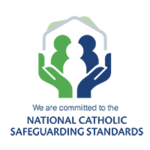Fast Facts – Australia
- 15.9% of Australian Adults are currently financially excluded[1]
- In 2016, almost 13% of the Australian population experiences high financial stress[2]
- Almost 1 in 5 Australian households were unable to raise $2,000 for an emergency[2]
- The National Economic & Social Impact Survey (2017) identified that 49% of its respondents delayed or were unable to pay bills.[3]
- Almost half (close to 48%) of the population is vulnerable in regard to financial knowledge and behaviour.[4]
- More than 1 in 10 Australian adults experience severe or high financial stress/vulnerability[2]
Fast Facts – Global
- There are 71 million unemployed youth globally and 156 million young workers living in poverty[5]
- For every dollar earnt by men, women earn between 70-90 cents[6]
- 38% of the global population have no access to formal banking[7]
- Only 27% of the global adult population have access to formal savings[8]
- An estimated 150 million children worldwide are engaged in child labour[9]
Why is financial inclusion and sustainable livelihoods important?
Financial inclusion is a basic human right. Without it, people and their families may be put at risk of financial hardship, which can involve poverty, vulnerability and poor social or health outcomes.[10] Greater financial inclusion across Australia can contribute to uplifting the Gross Domestic Product and assist more people to live with dignity and enjoy the right to self-determination.
Pope John Paul II recognised that peace is threatened by financial exclusion, stating: “The poor are often obliged to remain outside the normal financial system or to place themselves in the hands of unscrupulous money-lenders who charge exorbitant rates of interest. The end result is the aggravation of an already precarious situation. For this reason it is everyone’s duty to work to ensure that the poor have access to credit on equitable terms and at affordable interest rates.”
A livelihood is the means through which a person makes a living, and encompasses the capabilities, assets and activities required to earn an income. According to the Universal Declaration of Human Rights, every person has the right to work, the right to favourable working conditions and the right to protection against unemployment. The right to work is seen as an enabling right which allows an individual to improve their own well-being and that of their families. A sustainable, fair and meaningful livelihood can therefore contribute greatly to reducing household poverty, promoting financial independence, providing opportunities for education, improving health outcomes and promoting equitable growth within communities.
Significant efforts have been made in recent years to improve the livelihoods opportunities available to the world’s poor. However there are still many barriers which prevent individuals accessing safe and fair livelihoods, particularly for women. Women are more likely to experience unemployment or be engaged in unpaid work, while being paid less than men for comparable work.[11] For women in rural areas, employment prospects are particularly limited. Family gender roles reduce women’s participation in labour markets, limiting them to lower paid and more vulnerable employment.
The absence of livelihood opportunities within the formal economies of developing countries can also lead to an overreliance on informal or self-employment which comes with a range of risks. People working in the informal sector tend to be vulnerable to exploitation, have limited legal or political protection and may lack access to personal banking and credit.[13] The engagement of people within formal employment is therefore vital to improve access to financial services, provide legal and political protection thereby upholding human rights at work, while contributing to sustainable and inclusive economic growth.[14]
What Mary MacKillop Today is doing to help improve financial inclusion and sustainable livelihood Opportunities?
- Financial Inclusion Program – Australia
- Women’s Livelihood Project – Peru
- Community work (Non-Development) – Peru


